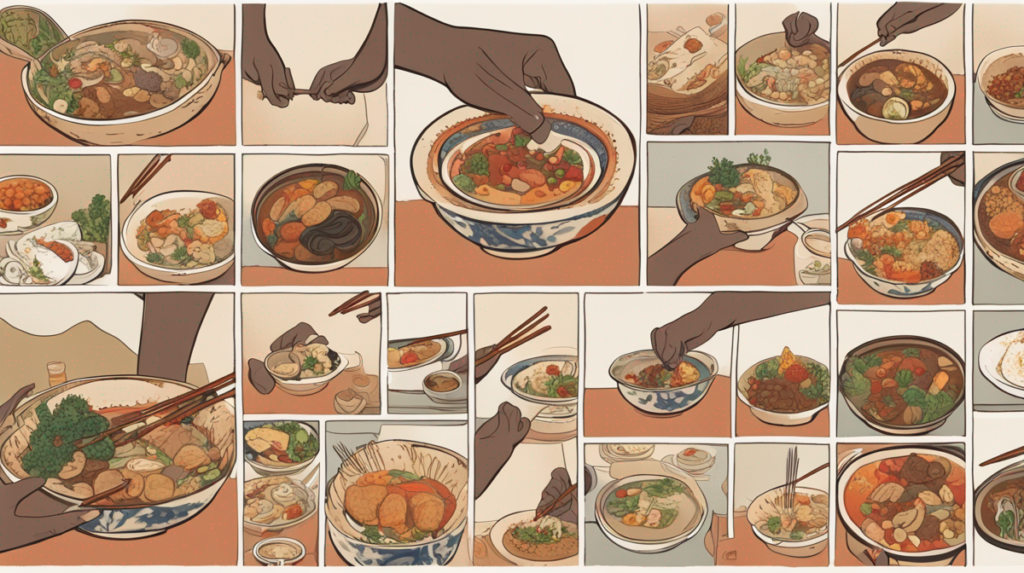
From crossing chopsticks in Japan to scooping food with bread in Morocco, dining etiquette varies vastly around the globe. By understanding cultural idiosyncrasies, not only do we enrich our anthropological knowledge but also contribute to our individual health. In this article, we explore ‘Dining Etiquette Around the World’, reflecting on good manners and examining how they contribute to our well-being.
Table Grace: A Universal Concept
Across continents, the act of eating goes beyond mere sustenance. It’s a communal gathering that nurtures both the body and soul. While each culture addresses dining etiquette in its unique way, the core ethos remains the same– respect for food, gratitude towards the provider, and communal harmony.
(Read Also: Decoding Food Allergies and Intolerances: Your Guide to Safe Dining)
The Art of Using Chopsticks: Japan
In Japan, pointing with chopsticks, passing food from one pair of chopsticks to another, or leaving them stuck upright in a bowl of rice, are considered disrespectful. Such customs not only promote mindfulness and respect towards food but also encourage slower eating which is linked to reduced calorie intake and greater satiety.
Traditional Mezze Rituals: Middle East
The Middle East’s Mezze style of dining is a splendid blend of savouring a variety of small dishes whilst socializing. Not filling up the plate, eating slowly, and sharing all contribute to healthier eating choices and portion control.
Using Your Right Hand: India and other Middle Eastern countries
In India and many Middle Eastern countries, eating with the hands, specifically the right hand, is not just tradition but a mark of respect towards the food they consume. In the realm of health, this ritual allows touch, the first sense invoked in the act of eating, enhancing the consciousness of eating.
(Read Also: Unleashing the Magic of Food and Wine Pairing: A Guide to Elevate Your Dining Experience)
The Bread Scoop: Morocco
In Morocco, a piece of bread serves as a utensil for scooping up tagines and stews. While it may seem to boost carb intake, it averages out as these meals are primarily protein-based, striking a well-balanced dish.
The Brazilian Approach: Brazil
In Brazil, eating any food with your hands, except pizza and sandwiches, is seen as ill-mannered. This approach enhances hygiene and encourages mindful eating, both of which are crucial for good health.
Conclusion
Dining etiquette around the world is a direct reflection of a region’s history, tradition, and values. As we see, each of them adds a unique dimension of health benefits, ranging from promoting mindful eating, portion control to hygiene. Respecting these dining customs not only makes us more ‘global’ but also nudges us towards a healthier relationship with our meals.
Last modified: 20 December 2023

















